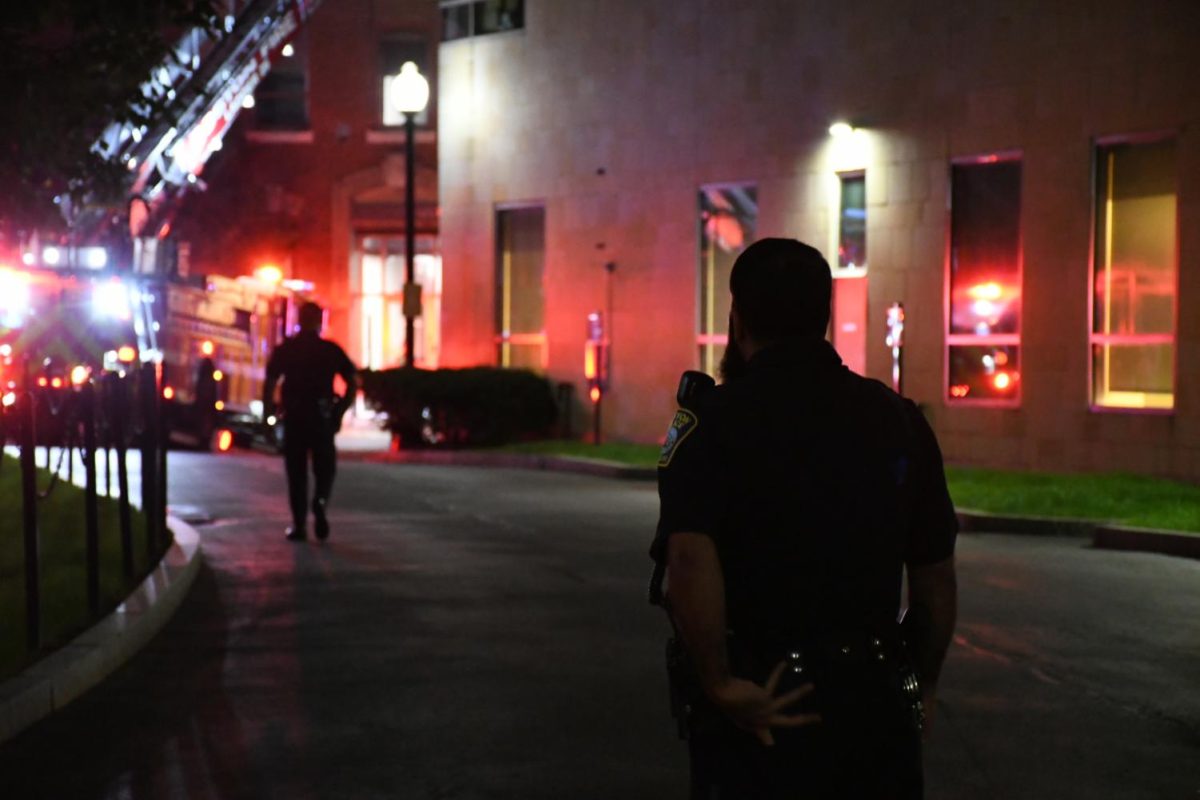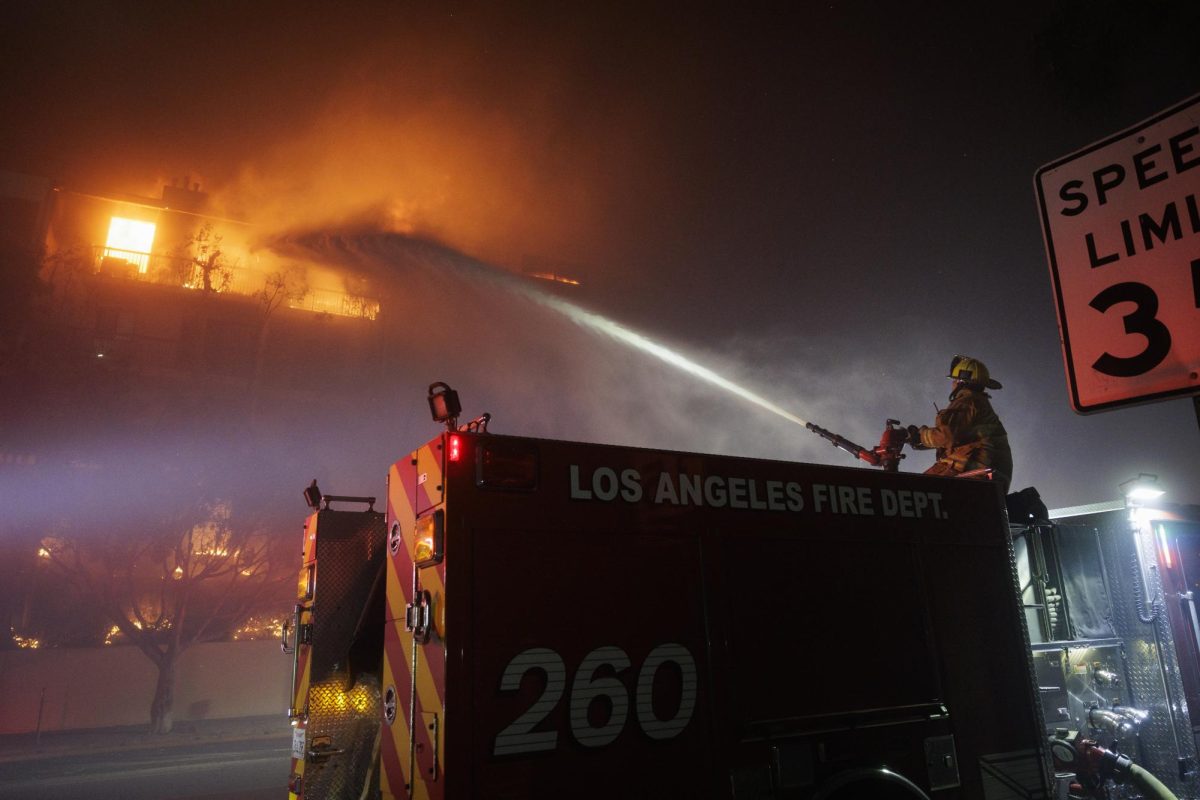By Taylor Dobbs, News Staff
A series of network outages last month has Information Services (IS) scrambling for a fix while simultaneously expanding its outreach efforts to keep students more informed of problems.
The source of the outages, Vice President for Information Services Rehan Khan said, is a device called a core router. This connects the university network to the Internet and distributes Internet traffic throughout the network.
Because of the central nature of the device, the malfunction caused network-wide failures.
“In the past, whenever we have network outages, they’re usually segmented,” Khan said in an interview with The News.
Individual buildings and services have previously experienced downtime, but full system failures like the ones that happened Feb. 13, 20 and 28 haven’t occurred in nearly two decades.
“This is a very unique situation,” Khan said. “Prior to this, it’s been almost 17 years since we’ve had a total outage like the one last week.”
Some students found the outages frustrating while others had more serious issues because of class assignments.
“I had a paper due one of the days when the outage happened and I was unable to get my work delivered to my professor,” sophomore political science and international affairs major Ida Hatlebrekke said. “I think he shaved some points off my grade for that, so that’s not cool.”
Khan said he and his team understand the importance of Internet connectivity for the Northeastern community, and IS staff is working hard – sometimes coming in as early as 3 a.m. and leaving late – to work out the issue.
Working within an on-campus testing lab and the vendor of the core router, Khan said IS has isolated the problem causing outages in the system as “malformed packets.”
Information traveling through a network moves in the form of packets, tiny pieces of information sent from one computer to another, either wirelessly or through an ethernet cable. When a user clicks a link, for example, the user’s computer sends packets over the Internet requesting a web page. A web server receives the request and sends back the information contained in that web page in a series of packets.
The problem at Northeastern came when some of those packets were malformed, or the data was incorrect, Khan said. This caused the receiving computer to reject the data, sending it back across the network, where it would again be rejected and returned. This infinite loop caused the core router to crash.
“It’s definitely not a hardware problem as far as we can tell,” Khan said. “It’s a software issue and it’s really the ability for the router to manage unstructured packets.”
IS is working closely on a daily basis with the vendor who provides network equipment and software to the university since the first outage, but Khan would not name the vendor, stating it could hurt their working relationship with the university.
“This is a very reputable vendor – one of the top two in the industry,” he said.
As they work to identify the problem and the vendor works to supply a software update to fix it, IS is working to improve its public outreach to keep students informed about the network’s status.
Last week, IS launched the Twitter account @NU-ISalert to help update students.
“We’re tweeting and we’ve got notifications on our listservs going out to students, faculty and staff,” Khan said.
Psychology major Ana Soto said the emails were somewhat ineffective because they only came through once the Internet was restored.
“A text would be nice, like they do for the snow,” Soto said, referring to the university’s NU ALERT system that sends students text messages in the case of a campus safety emergency or extreme weather advisory.
Khan said the department is looking into that possibility, but they would need to work the Northeastern University Division of Public Safety (NUPD) to implement such an alert.
IS is working on improving its response times as well. One of the outages, all of which lasted between an hour and a half, was fixed within 10 minutes once staff got to campus.
“We’re going to put into place mechanisms were we can better provide coverage on campus beyond the standard nine to five [work day],” Khan said.








